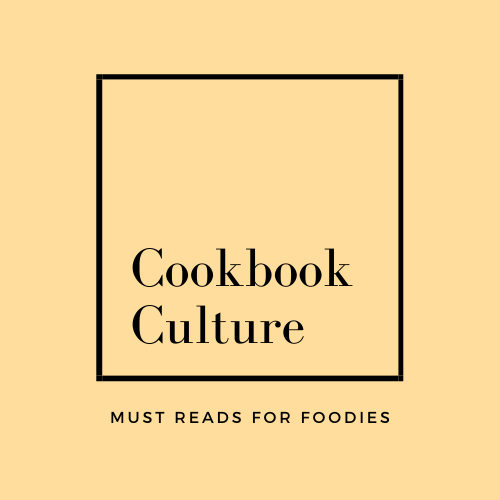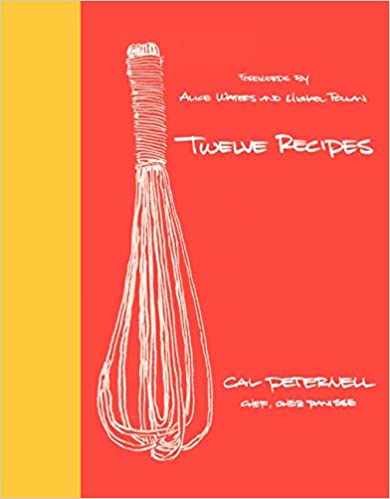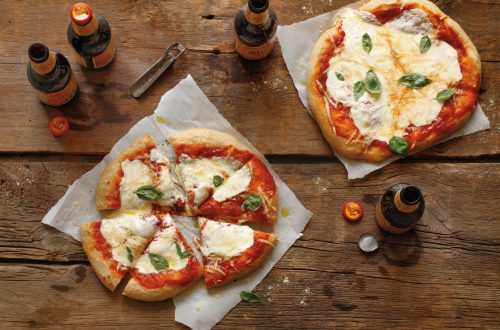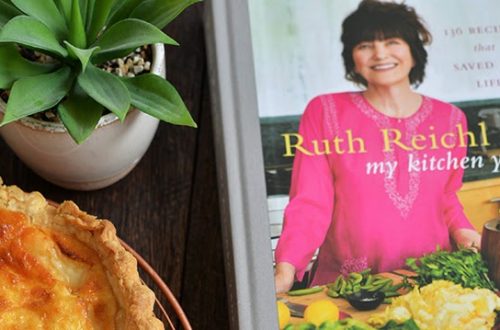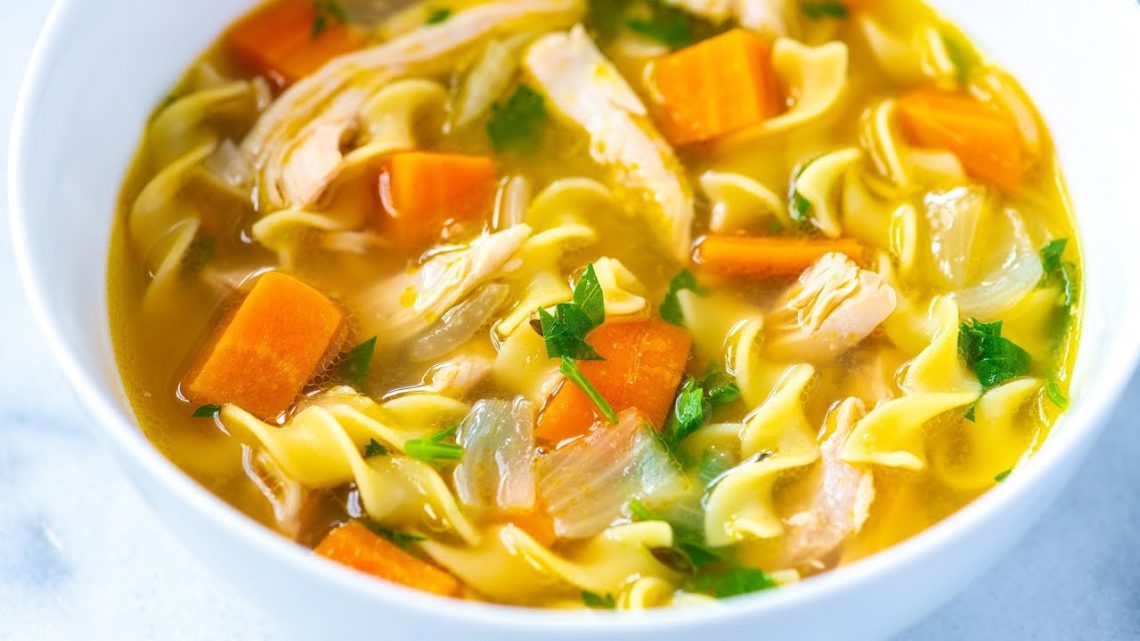
Cooking and Cookbooks for Comfort
In this uncertain time, here are the cookbooks Food reporters and editors turn to for reliably delicious results.
In the age of Google, when practically every recipe imaginable is just a few clicks away, real-life cookbooks are often relegated to a crowded shelf or tossed into the “donate” pile. Now that many of us are stuck at home, perhaps it’s time to dust off (or buy) a good old-fashioned cookbook and dirty the pages by cooking something from it. If you’re in the market, here are the cookbooks Food reporters and editors love for the most reliable results.

“Simple: Effortless Food, Big Flavors”

by Diana Henry (Mitchell Beazley, 2016)
This book delivers on the promise of being truly simple, and Ms. Henry is very smart about the way she combines flavors and streamlines techniques. The ingredients are sophisticated; she doesn’t shy away from the likes of preserved lemons and white balsamic vinegar. But if you’re a condiment hoarder like I am, and you need new and inspired ways to use them, it’s absolutely brilliant. Melissa Clark, NYT Columnist
“Madhur Jaffrey’s Quick and Easy Indian Cooking”
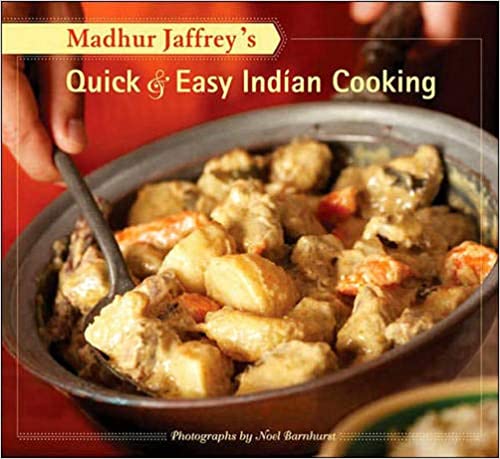
(Chronicle, 2007)
A really great book for starting off with Indian cooking. The chicken recipes are especially good, particularly her quick silken chicken, and the many fragrant variations on the simple theme of vegetables with garlic and ginger. Julia Moskin, NYT Reporter
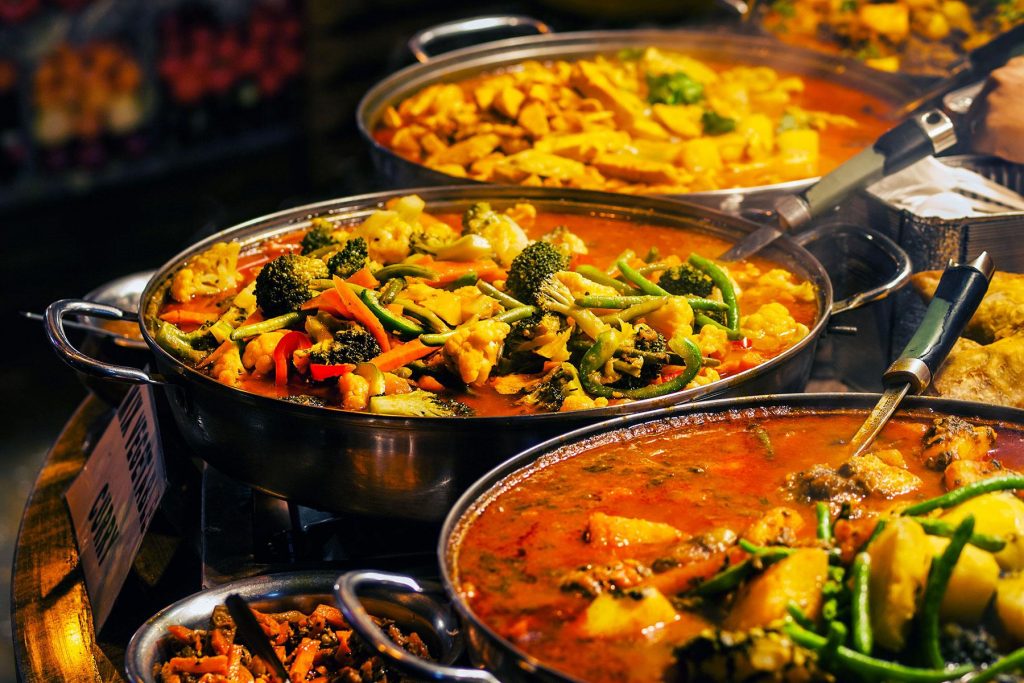
“Time for Dinner: Strategies, Inspiration and Recipes for Family Meals Every Night of the Week”
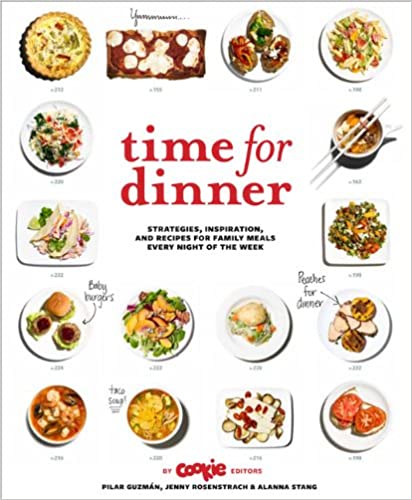
by Pilar Guzmán, Jenny Rosenstrach and Alanna Stang (Chronicle, 2010)
This is an excellent cookbook for newish parents, especially those who didn’t cook much before and might find the idea of feeding a family overwhelming. A real hand-holder, in a good way, it is full of smart tips for planning weeknight dinners and easy, simple recipes with short ingredient lists. It was written in 2010 by a team of three moms who are former editors of the shuttered parenting magazine Cookie. And their magazine background shows: There are charts! There are diagrams! For an advanced cook, it might feel a little basic, but for someone who is new to cooking for a family, or just new to cooking the majority of their meals all the time, it’s a great find. Emily Fleischaker, NYT Enterprise Strategy Editor
“Rustic Fruit Desserts: Crumbles, Buckles, Cobblers, Pandowdies and More”
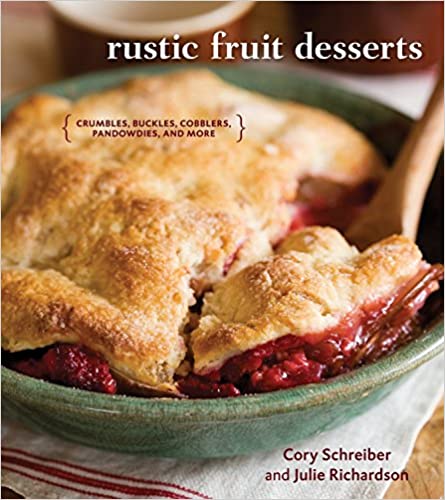
by Cory Schreiber with Julie Richardson (Ten Speed Press, 2010)
Everything that I’ve baked from this book has worked. While the recipes are organized by season, you can easily adapt the desserts to the fruit you have on hand: I’ve used the cornmeal biscuit from the blueberry cobbler to top stewed rhubarb or canned peaches. Ms. Richardson, of Baker & Spice in Portland, Ore., lays out her philosophy at the beginning of the book, championing the freezer as “a pastry baker’s dear friend.” You’ll want to use it to keep pie doughs and crumble toppings at the ready when inspiration strikes. Sara Bonisteel, NYT Senior Staff Editor
“Milk Street: Tuesday Nights”
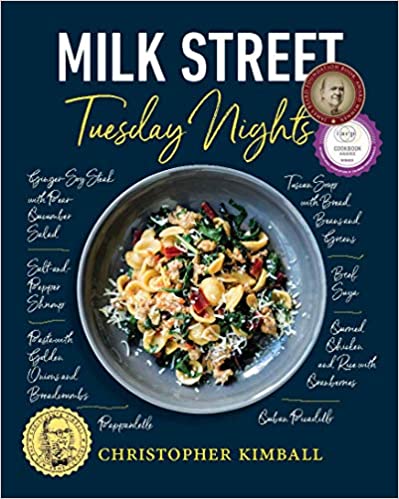
by Christopher Kimball (Voracious, 2018)
I love the Milk Street books, especially “Tuesday Nights.” Roasted cod with herb butter. Soupy rice with chicken, punched up with fresh ginger. And my favorite: yogurt flatbreads. The best part? The recipes have been tested with all the intensity of a high school student studying for the SATs. Kim Severson, NYT Reporter

“The Frankies Spuntino Kitchen Companion & Cooking Manual”

by Frank Falcinelli, Frank Castronovo and Peter Meehan (Artisan, 2010)
I feel like I learned so much about cooking from my wrinkly, well-worn copy. It’s good, humble food. The ingredient lists are short, the recipes are simple, flavorful and easy to follow. Some of the dishes take time, but it’s worth it. Extra points for the stock recipes: The vegetable broth, a mix of fresh aromatics and trimmings, is something I make almost every couple of weeks, just one more way to stretch vegetables before throwing them in the compost. Krysten Chambrot, NYT Senior Staff Editor
“Dinner: Changing the Game”
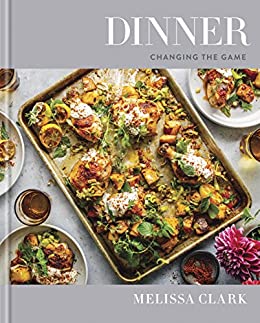
by Melissa Clark (Clarkson Potter, 2017)
It’s no surprise that I’m a huge fangirl, and my family and I have been cooking from this book a lot over the past week. I’ve made her simple red lentil dal a number of times, and pretty much cooked through the entire eggs section. Yep, there’s whole chapter about making eggs for dinner. Melissa forever! Becky Hughes, NYT Social Media Editor
“Eat: The Little Book of Fast Food”

by Nigel Slater (Ten Speed Press, 2014)
Mr. Slater’s books are a constant source of comfort for me, and I treasure “Eat” because of the way the recipes are written. They’re so smart and straightforward, reading more like a friend’s Instagram captions than precise steps with careful measurements. This means that if I have a general sense of what random bits and pieces are lying around in my fridge (half a head of lettuce, breakfast sausages, two Persian cucumbers) I can always flip through and come up with some solid ideas for dinner (spicy patties in lettuce cups or summer rolls). And I love that Mr. Slater isn’t judgmental about deviations and substitutions, like so many recipe writers tend to be. I think of him as a cook’s cook, and this book, in particular, as a cook’s cookbook. Tejal Rao, NYT Restaurant Critic
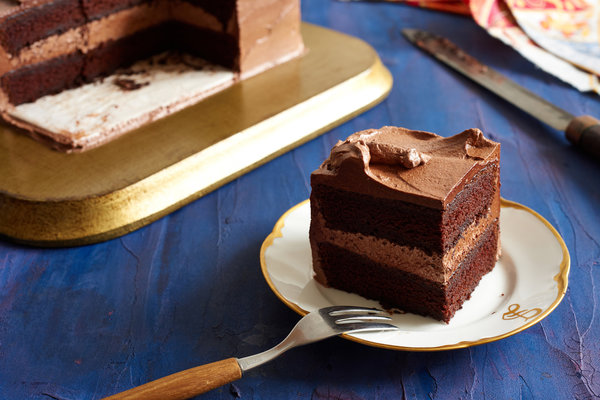
“Martha Stewart’s Cookies: The Very Best Treats to Bake and to Share”

by Martha Stewart (Clarkson Potter, 2008)
Most of my cookbooks were cleared out to make room for my kids’ ever-growing book collection, but I’ve held on to a well-loved handful. For family meals, I second Melissa Clark’s “Dinner.” For sweet stuff, I turn to “Cookies” whenever I need to whip up a batch for a school bake sale, a Christmas cookie swap or, you know, to calm my nerves during a pandemic. Her chewy chocolate gingerbread cookies, which call for fresh and ground ginger, are out-of-this-world good, but don’t overbake them, or you’ll be sad. Margaux Laskey, NYT Senior Staff Editor
“The Breakfast Book” and “Twelve Recipes”
by Marion Cunningham (Knopf, 1987) and Cal Peternell (William Morrow, 2014)
“The Breakfast Book” has 16 different recipes for pancakes! And “Twelve Recipes” is the first book I recommend to people who tell me “I can’t cook.” If you’ve shopped for a stay-at-home order, you’ll find plenty of recipes for what you have on hand. Brett Anderson, NYT Reporter
“Real Fast Food: 350 Recipes Ready-to-Eat in 30 Minutes”
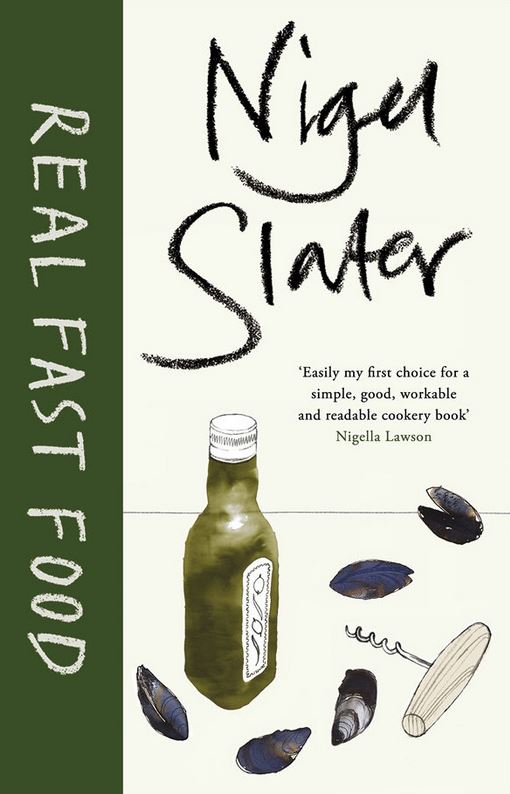
by Nigel Slater (Abrams, 2008)
It offers a cornucopia of pantry delights, easily made and very delicious. Sam Sifton, NYT Food Editor
“The Vegetable Butcher: How to Select, Prep, Slice, Dice and Masterfully Cook Vegetables From Artichokes to Zucchini”
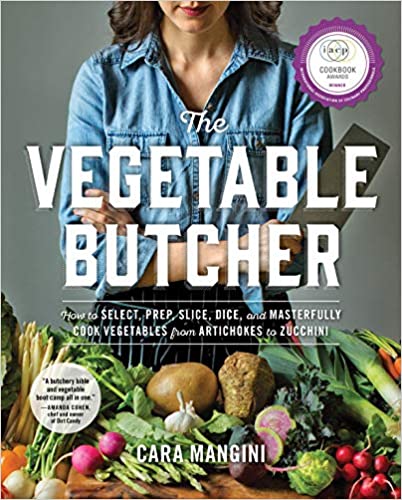
by Cara Mangini (Workman, 2016)
I’ve had it for a few years now, and it’s by far the most-used cookbook in my modest arsenal. Ms. Mangini tells you everything you need to know about just about every vegetable you can think of, from seasonality to selecting, to prepping and pairing, with simple, helpful visuals to guide you along the way. For each vegetable, she offers all the ways to cook it simply and effectively, along with a handful of more complex recipes like a parsnip-ginger layer cake or daikon and mushroom miso soup. Kasia Pilat, NYT Social Media Editor
“Ottolenghi Simple: A Cookbook”
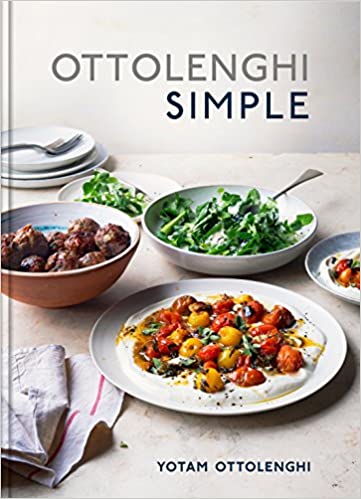
by Yotam Ottolenghi (Ten Speed Press, 2018)
Not one to take the easy route, Mr. Ottolenghi does the impossible in this book: He delivers equally flavorful, bright recipes using a curtailed ingredient list and a streamlined method. True to form, his book still requires a more advanced pantry for dishes like cherry tomato sauce with ancho chile, or a roast chicken spiked with preserved lemon, but the recipes are easily executable, and they never fail to inspire. Alexa Weibel, NYT Senior Staff Editor
“How to Cook Everything”
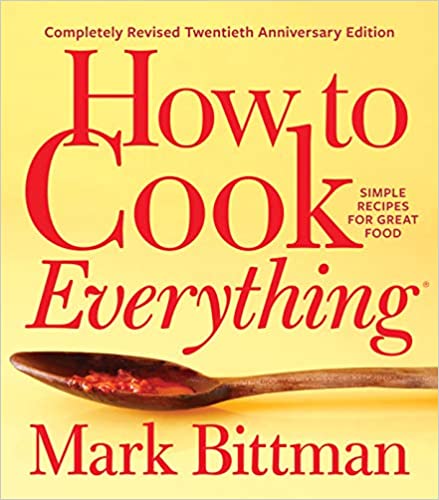
by Mark Bittman (Houghton Mifflin Harcourt; Second Edition, 2008)
A no-nonsense, unpretentious and easy guide with lots of options. Eric Asimov, NYT Wine Critic
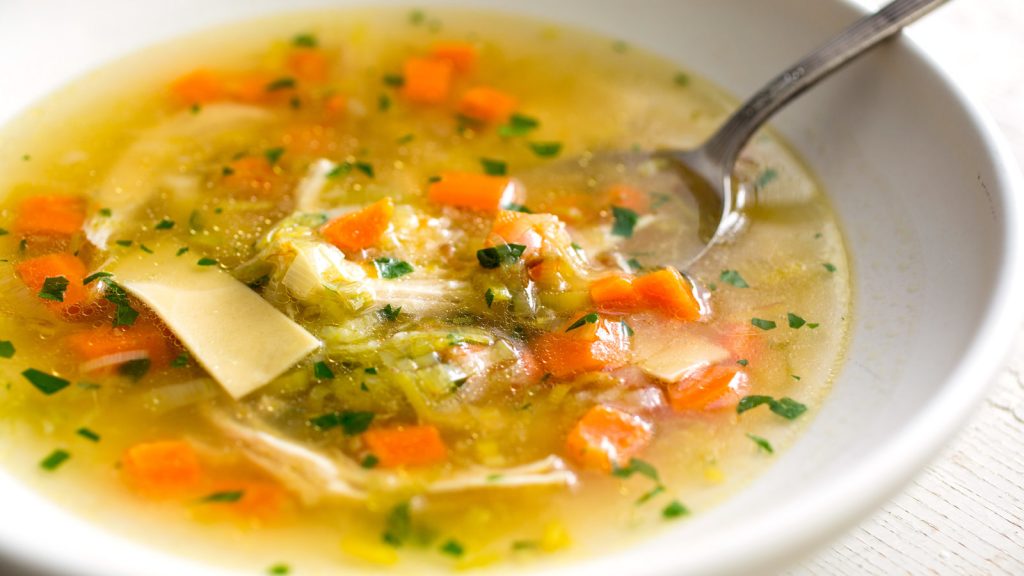
“A French Chef Cooks at Home”

by Jacques Pépin (Simon & Schuster, 1975)
Not because it’s so fast and easy but because it’s so reliable, filled with great everyday examples of French home cooking. Pears baked in cream with a self-caramelizing sauce for example. Truth be told, right now, “fast” is not what I need. I have plenty of time for cooking these days. And unless it sounds arrogant to say I also turn to my own “New Home Cooking,” for some old pantry-shelf standbys like tagliarini with artichoke hearts (frozen or jarred) and mushrooms (fresh or dried). Florence Fabricant, NYT Reporter
“Salt, Fat, Acid, Heat”
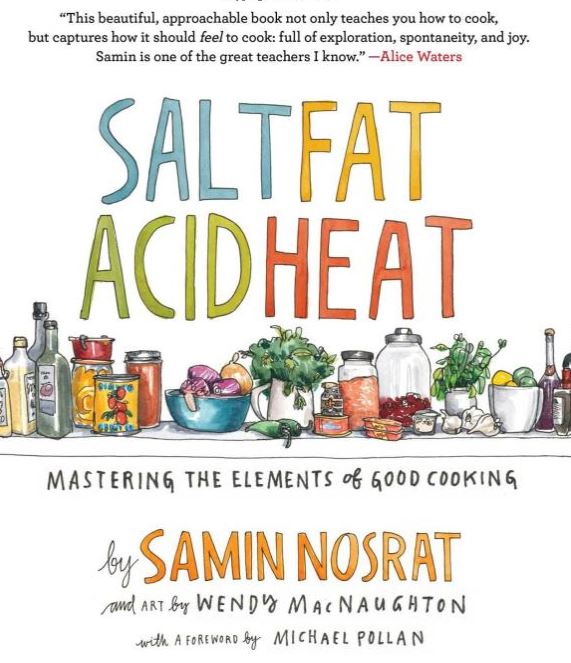
by Samin Nosrat (Simon and Schuster, 2017)
I’ve been flipping through this book during quarantine, and I’m again struck by its lack of pretension. Ms. Nosrat writes with cleareyed advice on how to cook confidently and well. I can make most of her recipes with what I already have in my pantry: I made chicken with vinegar last night, and it was comforting, tangy and easy as anything. (Her buttermilk-marinated roast chicken, though, will always have my heart.) When I can get to the store again, I’m going all-in on her panna cotta. Amelia Nierenberg, NYT Reporter
“Canal House Cooking, Volume No. 6: The Grocery Store”

by Christopher Hirsheimer and Melissa Hamilton (Andrews McMeel, 2011).
The Canal House Cooking books made me feel at home right from the first volume. It’s the sixth in the series that I’ve found myself thinking about during the past two weeks at home, though. The theme is about as ordinary as you can get: the supermarket. Or it would be ordinary if these were ordinary times. The preface admits up front that the modern supermarket can be “a sad state of affairs.” The authors are experts at finding the good stuff, though, maybe because they have a tradition of shopping for each other, which leads to small indulgences and sly challenges. (“A ruffly savoy cabbage and some ground lamb; she’ll figure out what to do with that.”) Some recipes are quick and some are slow. Nothing is more complicated than it needs to be, though, and the goal of each recipe is the same. They all start with everyday ingredients and finish with something that makes you quietly glad to be alive. Pete Wells, NYT Restaurant Critic
Courtesy of the NY Times.

